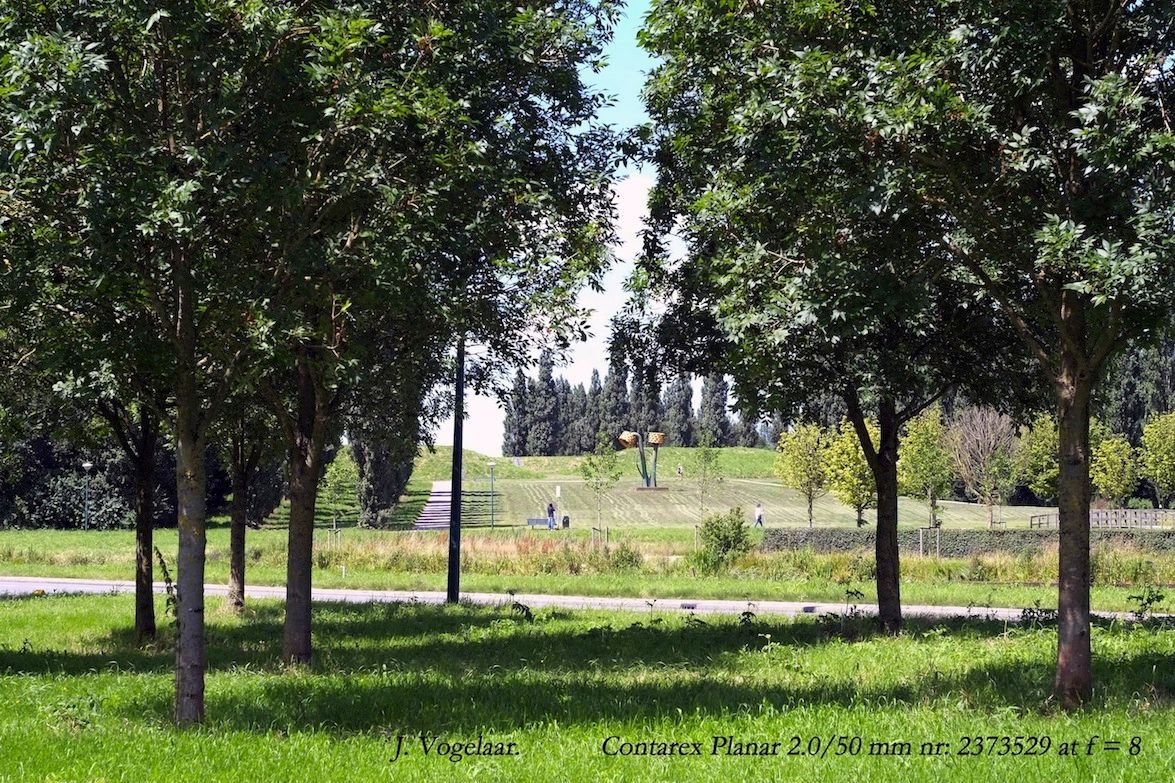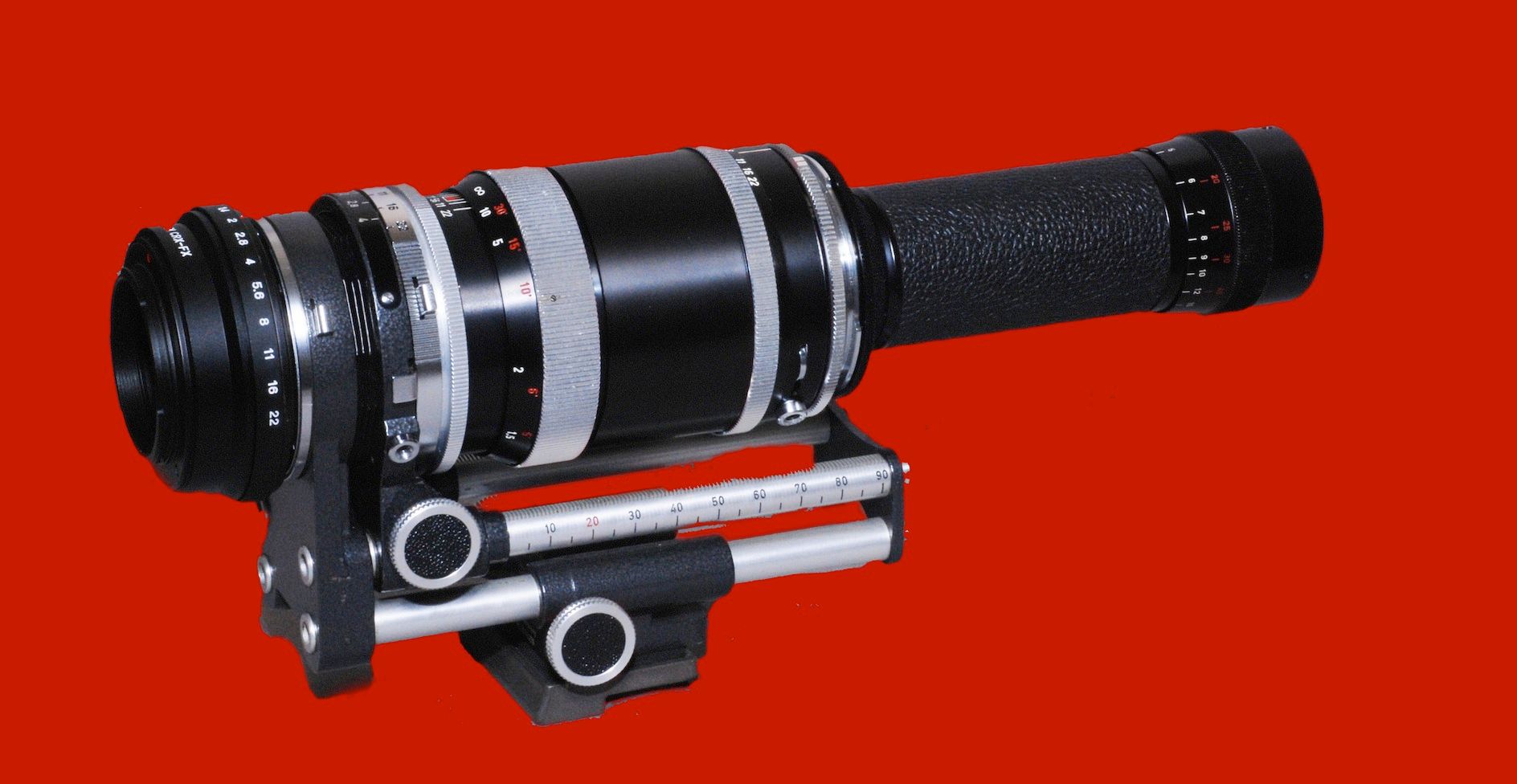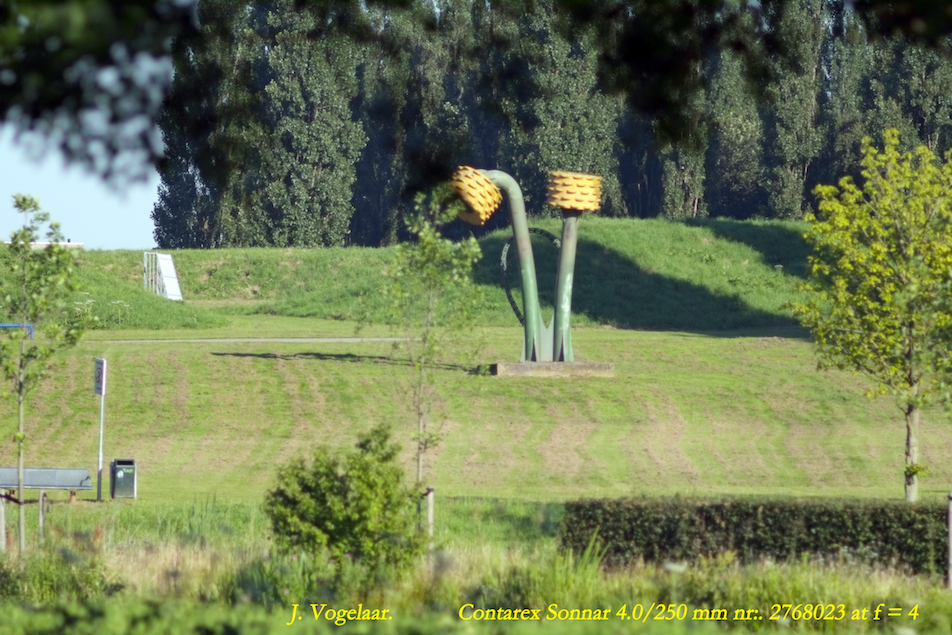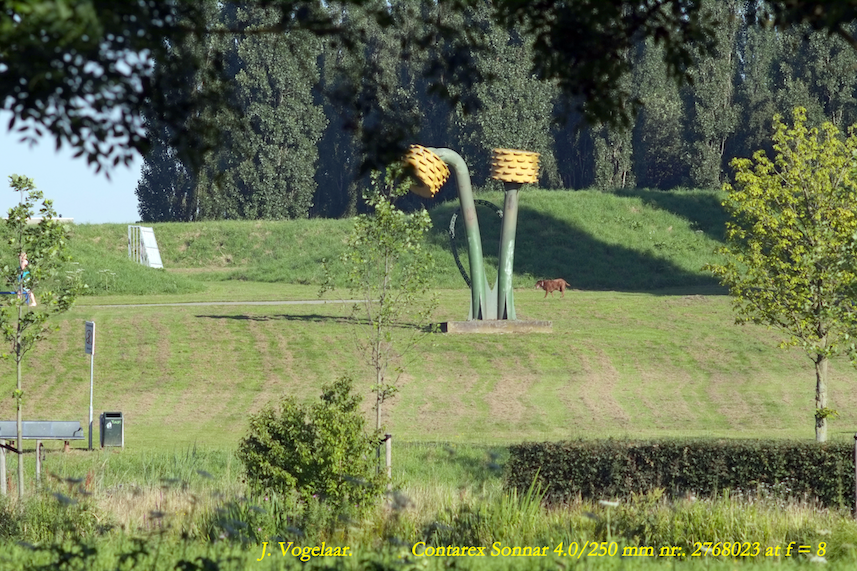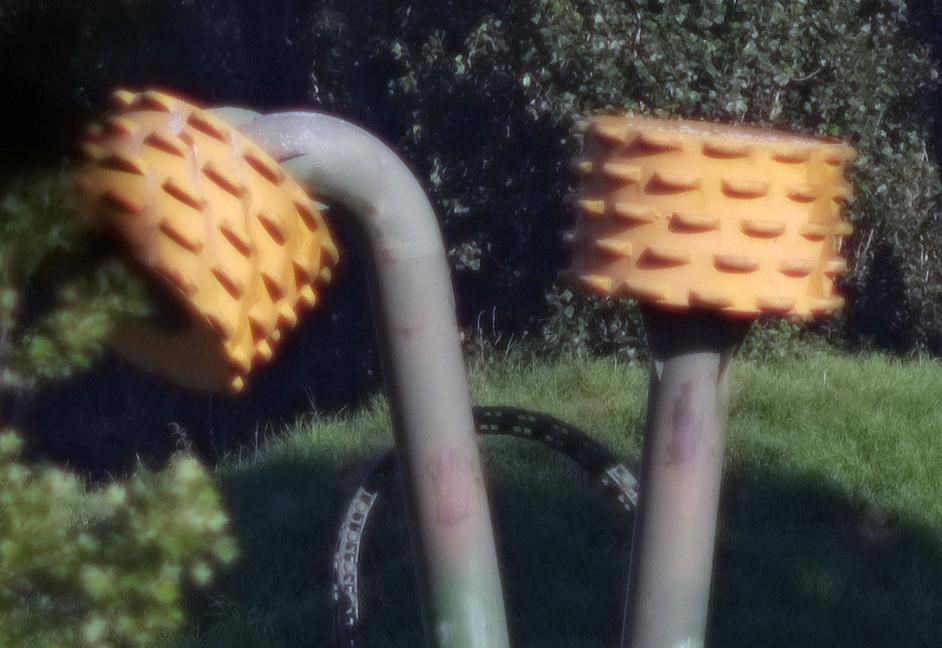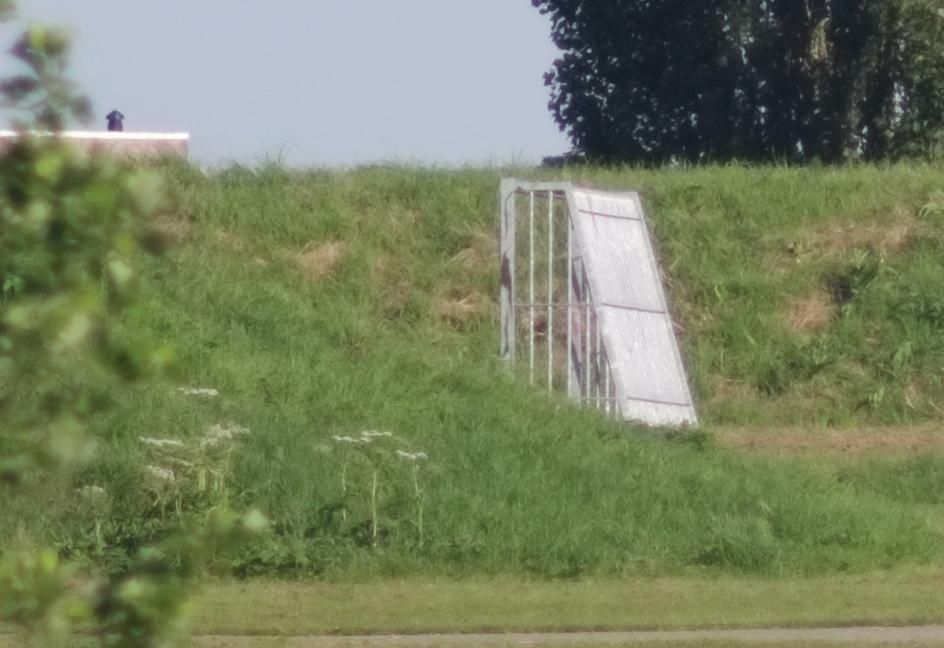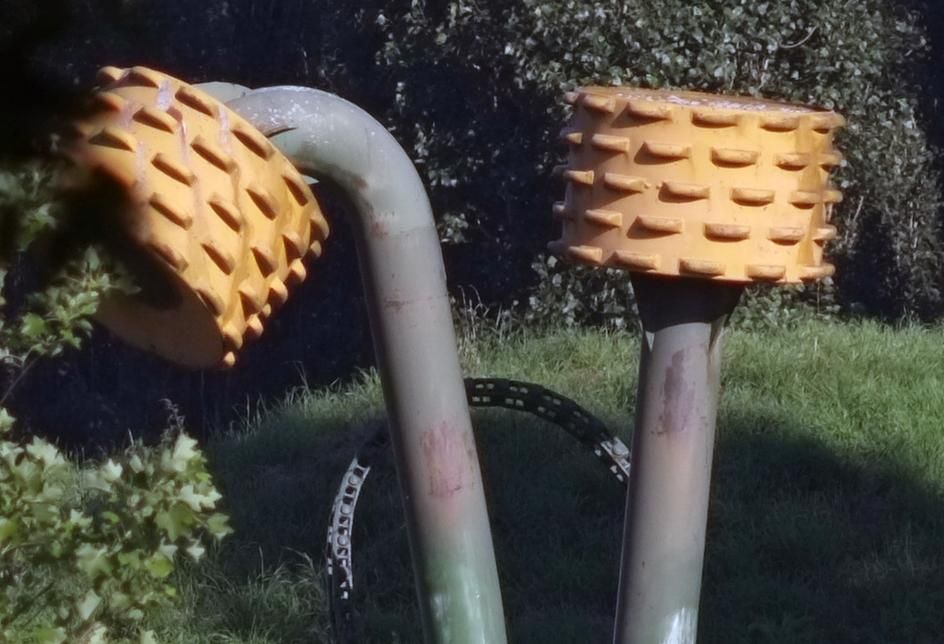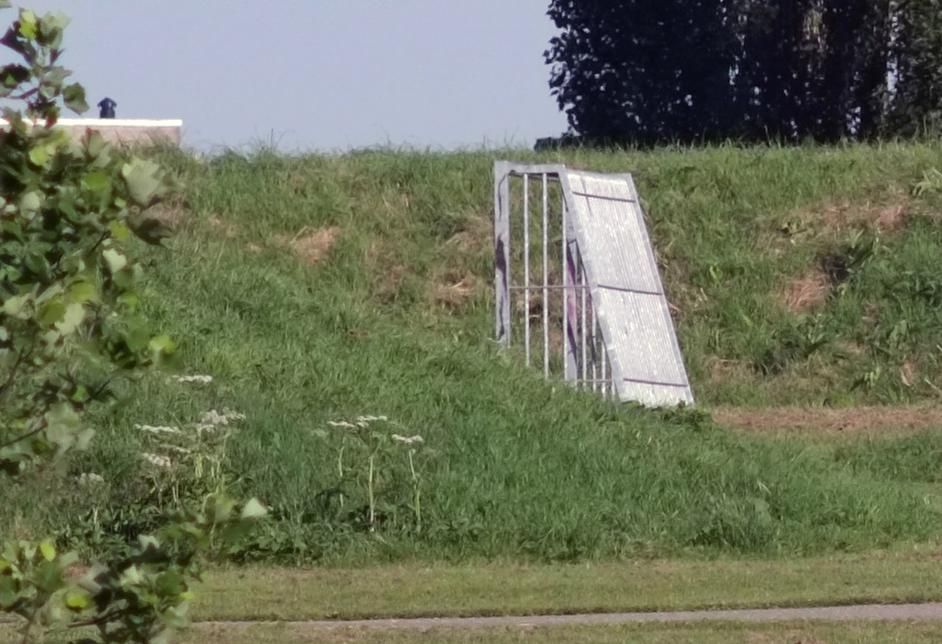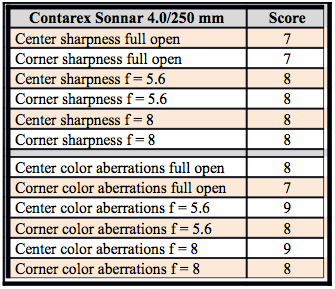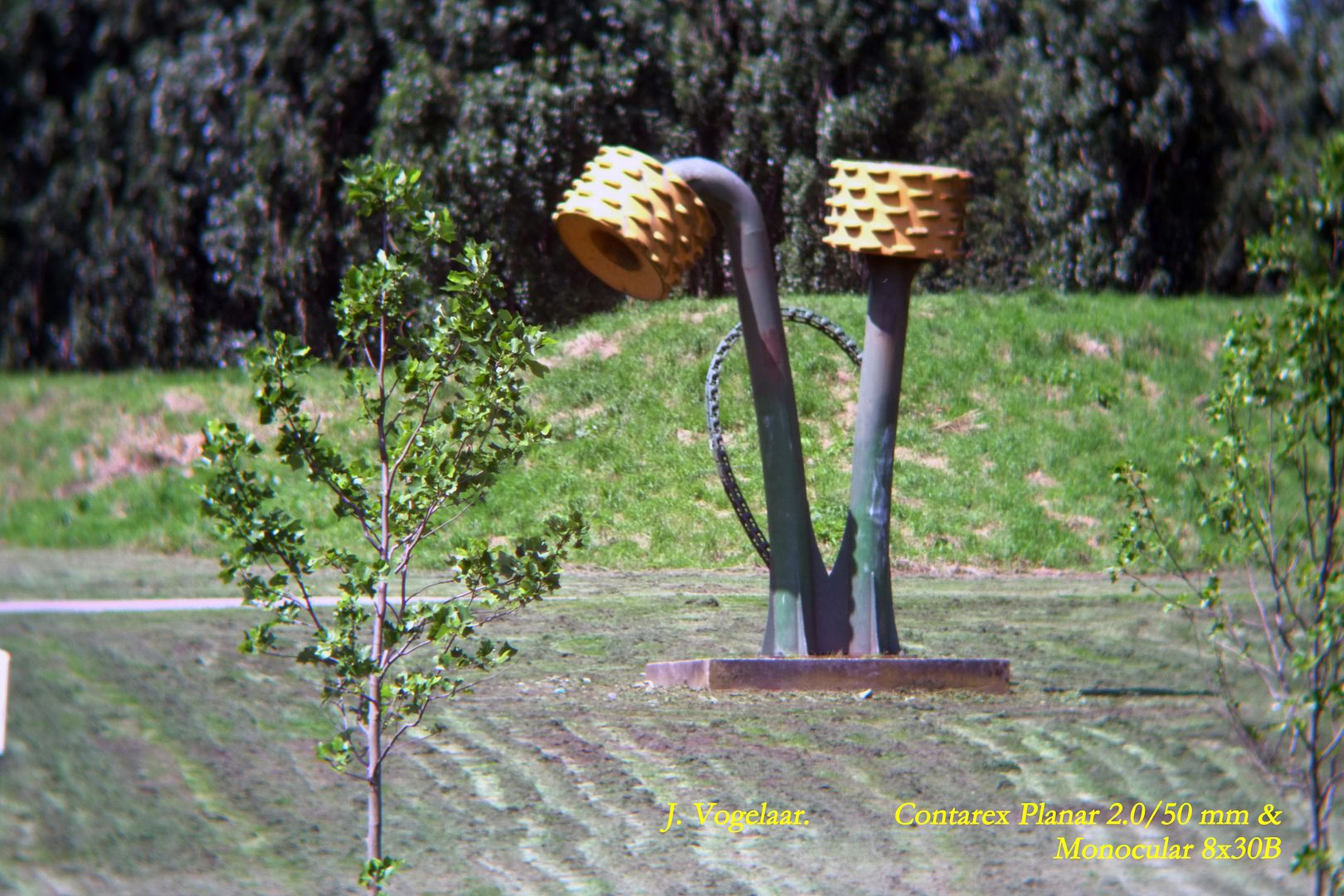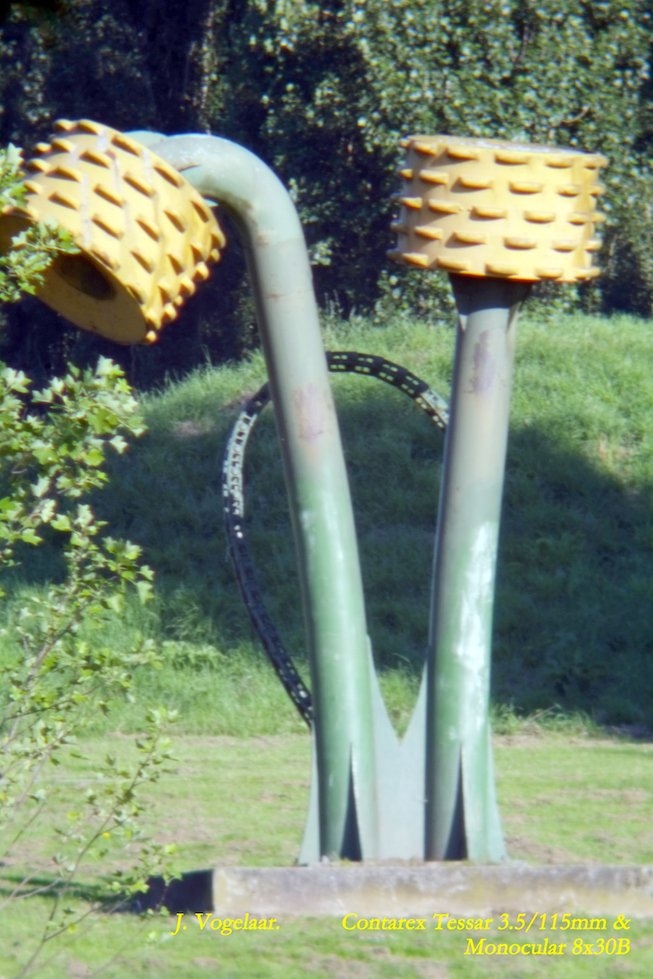“The performance of Carl Zeiss: Super Tele lenses and Digiscoping up to 1620 mm on the X-Pro1” by Jan Vogelaar
This friday the X-pert corner article is replaced by a Jan Vogelaar review. Please continue to support Rico’s great work and purchase his book “Mastering the FUJIFILM X-Pro1” (Kindle Edition) (Apple iBook Store) (German version)”.
A review by Jan Vogelaar (author of various books like “Contarex, Contax G & Leica M Lenses Guide to Digital Imaging on the Fujifilm X-Pro1” [ebay (click here) or at camerabooks (click here)]
The development of photographic tele-lenses cannot be complete without Carl Zeiss AG. Today we speak about digiscoping on digital camera’s, however do you know, even the word “digiscoping” did not exist, but Carl Zeiss already in the nineteen fifties offered the solution for connecting and using a monocular on a photo camera. The longest tele-lens Zeiss offered as early as 1958 was the 4.0/250 mm Sonnar. The mounting of an 8 x 30 B monocular on the Contarex camera and lenses was offered in 1960 and creates with the 4.0/135 mm Sonnar a 1080 mm tele.
The Camera
The Fujinon XF lenses are newly designed for the APS C sensor. Al other lenses in my book however are originally designed for film. Many new lenses for the digital cameras today are a modification of film design lenses.
The scores for the lenses are given on a scale of 1 to 10 for sharpness and brilliance, 10 is best. For Color fringing and color aberration the score is also on a scale of 1 to 10. 10 equals totally absent.
All material is produced in a timespan of about 2 hours and no post-processing for aberrations or sharpness is performed. All files are .jpg from Photoshop and/or the Fuji .jpg in camera engine.

The Fujinon XF lenses are newly designed for the APS C sensor. All other lenses in the book are originally designed for film. Even many new lenses on the digital market today are a modification of film design lenses.
The Monoculars and the Adapters
Zeiss offered in 1960 the 8 x 30 B monocular which was mountable on the 50 mm Contarex Planar & Tessar and on the 4.0/135 mm Sonnar lens by means of a ring (number 20.1633) fitting into the ø 49 mm filter mount and to the monocular with a ø 27 mm thread. Later in 1969 Zeiss introduced a Contarex B56 ring (number 20.1642) fitting on the 8 x 30 B monocular with the same ø 27 mm screw.
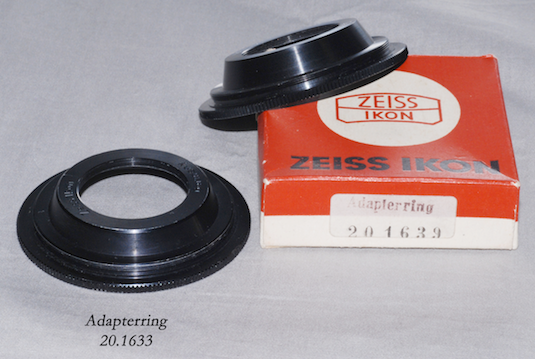
For the picture above: The left ring (20.1633) protrudes 7.6 mm into the lens mount and does not touch the front lens of the 4.0/135 mm. However the ring at the right (20.1639) protrudes 9.9 mm into the mount and is not suitable anymore for the 4.0/135 mm. It will hit the front lens! The B 56 ring (20.1642) not pictured here) will fit all Contarex lenses.
In order to show you the shooting point you see here the 50 mm standard lens photograph.
The Contarex Monocular 8 x 30 B combinations in this article
The lens/monocular speed is determined by the monocular front lens diameter only! The distance setting for the camera lens is set at infinity. Focusing for the combination is done with the monocular’s focusing. Of course you will need a tripod, the more weight creates the better stability. For the release it is best to use a cable or the self-timer. Heavy wind or traffic can be quite disturbing, a minimal vibration is noticeable immediately!
Originally in 1960 Zeiss introduced a prism monocular, later the strait type monocular came available. I have tested the Zeiss monocular, but any monocular that mounts well will do the job.
Left to right: the [shoplink 10259]Planar 2.0/50 mm[/shoplink], the Blitz Planar and the 4.0135 Sonnar, all with ring & monocular.
The combination of the Contarex 3.5/115 Tessar on the bellows looks a bit odd but is fine.
The tripod is connected to the bellow’s screw and makes a stable set.
The Contarex mount Sonnar 4.0/250 mm tele-lens results
Center crop Contarex Sonnar 4.0/250 mm at f = 4
Edge crop Contarex Sonnar 4.0/250 mm at f = 4
Center crop Contarex Sonnar 4.0/250 mm at f = 8
Edge crop Contarex Sonnar 4.0 /250 mm at f = 8
.
This Contarex Sonnar 4.0/250 mm is at full opening soft and has no light fall off.
This Contarex Sonnar 4.0/250 mm stopping down delivers an excellent performance and at f = 5.6 all is just fine ánd it stays okay all the way down.
Stopping down to f = 5.6 or more brings the performance center to corner up to one’s expectations: excellent.
Note: The far corners don’t show a usable detail, so here I have selected the left edge where the crate shows sufficient details.
The Contarex Monocular 8 x 30 B combination 400 mm F = 16 result
The picture above has effectively a focal length of 400 mm with the monocular mounted on the Contarex 2.0/50 mm Planar. With 1.5 crop factor: 600 mm.
The exposure and the viewfinder of the Fujifilm X-Pro 1 are working great. Select A (aperture) for lighting and M (manual) for focusing. You can actuate the command dial for zooming in and perform the proper focusing adjustments. The focusing is just great and precise!
You will absolutely discover the need for a solid and very stable tripod. Even the smallest vibration gives you immediately a jumpy image!
Do not forget to set: shooting without lens and the right third party focal length in the lens menu. Once you have organized that and you start shooting: you will be surprised.
The Contarex Monocular 8 x 30 B combination 1080 mm F = 35 result
The picture above has effectively a focal length of 920 mm with the monocular mounted on the 3.5/115 mm Tessar. With 1.5 crop factor: 1380 mm.
The Contarex Monocular 8 x 30 B combination 1080 mm F = 45 result
A spectacular focal length of 1080 mm is achieved with the monocular mounted on the Contarex Sonnar 4.0/135 mm. With 1.5 crop factor: 1620 mm WOW. This combination is quality wise the least impressive. The performance is soft, but with some post-processing I am sure it will surprise you.
Summary
Discussion
- The examples in this article illustrate, with fine compatible pictures, the performance of the Carl Zeiss lenses & 8 x 30B monocular on the new Fujifilm X-Pro 1 mirror-less digital camera. Some practicing is necessary but the photographs are a pleasure.
- Fujifilm has initiated a new sensor development with respect to the randomization of the sensor’s pixels position and the algorithm that is needed to process the data. The absence of the low pass filter is absolutely an improvement.
- For the photo enthusiasts, camera and lenses collectors, the digital photography era brings now new challenges and opportunities. The proof is here and in the book.
A brief description of the book’s contents:
After the Introductory chapters you will get to see the results of a collection of 28 lenses.
- Fujifilm has designed new lenses that are not anymore modifications of the film lens design. The Fuji lenses cannot be used on any other camera system, although the design seems to me a further development of the Distagon (retrofocus) concept.
- All lenses in the book are mechanically beyond questioning. Carl Zeiss and Leica are top class producers. The quality of the adapters is at a sufficient good level.
- You can check the Carl Zeiss Contax G: 2.8/21, 2.8/28, 2.0/35, 2.0/45 and 2.8/90 mm.
- And the famous Contarex 4.0/18 mm Distagon all up to the 4.0/250 mm long Tele Sonar including all the Contarex lenses in between. 16 Carl Zeiss Contarex lenses all together.
- Also the Carl Zeiss Monocular 8 x 30B combination with the Planar 2.0/50 mm with the Tessar 3.5/115 mm and the Sonnar 4.0/135 mm is not forgotten: imagine a 1060 mm tele on your digital camera. Multiplied by crop-factor 1.5 makes 1590 mm …
- Furthermore the Leica M Summicron: 2.0/35, 2.0/50 and 2.0/90 mm, a Summaron 2.8/35 mm and the Elmar: 2.8/50, 4.0/90 and 4.0/135 mm are tested in the book. Including the Zeiss ZM: 2.0/35 and 2.0/50 mm as well.
- Beautiful, 59 full-color images evaluate and illustrate full size and with center & corner cuts, what the essential strengths and weaknesses of the lenses are so you will quickly find out how to select and use your lenses like a pro.
- All is together on 98 pages, 77 in full color in this very complete and interesting book.
- Last but not least a DVD with more results (150 comparable photographs) at full open, f = 5.6 and f = 8 comes together with the book. The performance of the same lenses on film is on the DVD as well.
You may purchase the book on e-Bay or at www.camerabooks.com for the USA residents.


